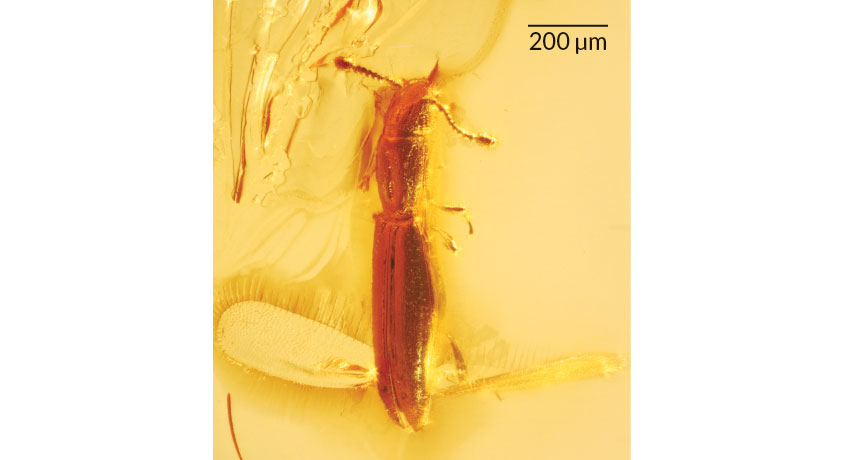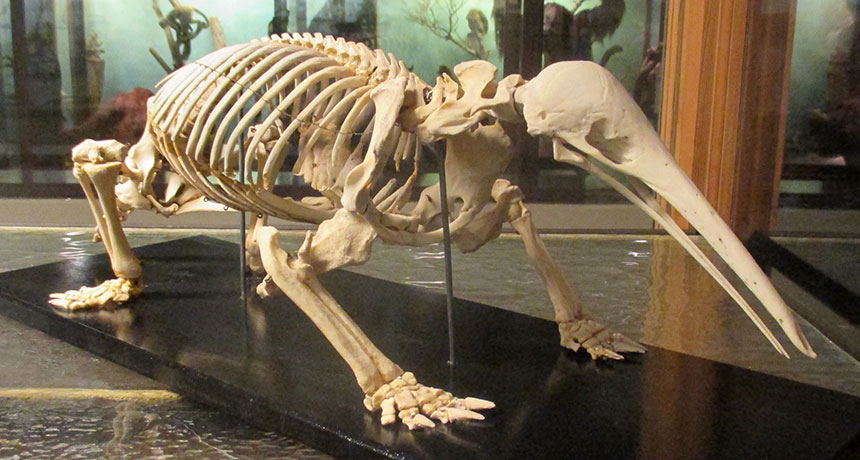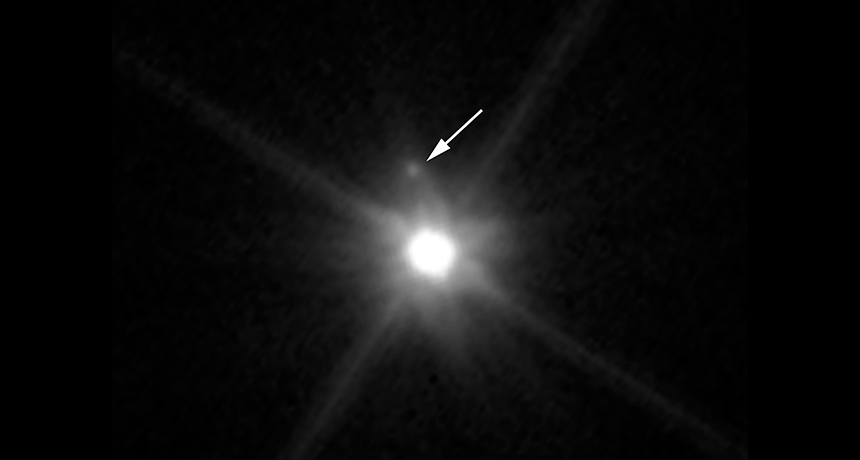Information is physical, even in quantum systems, study suggests
Information may seem ethereal, given how easily we forget phone numbers and birthdays. But scientists say it is physical, and if a new study is correct, that goes for quantum systems, too.
Although pages of text or strings of bits seem easily erased with the press of a button, the act of destroying information has tangible physical impact, according to a principle proposed in 1961 by physicist Rolf Landauer. Deleting information is associated with an increase in entropy, or disorder, resulting in the release of a certain amount of heat for each erased bit. Even the most efficient computer would still output heat when irreversibly scrubbing out data.
This principle has been verified experimentally for systems that follow the familiar laws of classical physics. But the picture has remained fuzzy for quantum mechanical systems, in which particles can be in multiple states at once and their fates may be linked through the spooky process of quantum entanglement.
Now a team of scientists reports April 13 in Proceedings of the Royal Society A that Landauer’s principle holds even in that wild quantum landscape. “Essentially what they’ve done is test [this principle] at a very detailed and quantitative way,” says physicist John Bechhoefer of Simon Fraser University in Burnaby, Canada, who was not involved with the research. “And they’re showing that this works in a quantum system, which is a really important step.” Testing Landauer’s principle in the quantum realm could be important for understanding the fundamental limits of quantum computers, Bechhoefer says.
To verify Landauer’s principle, the researchers used a system of three qubits — the quantum version of the bits found in a typical computer — made from trifluoroiodoethylene, a molecule which has three fluorine atoms. The nuclei of these three fluorine atoms have a quantum property known as spin. That “spin” can be clockwise or counterclockwise, serving the same purpose as a 0 or 1 for a standard bit.
The first qubit, which researchers called the “system,” contains the information to be erased. According to Landauer’s principle, when the information is erased, heat will be generated and energy will flow to the second qubit, known as the “reservoir.” Just as computer scientists can perform operations on the bits in a typical computer (adding or subtracting numbers, for instance), the researchers can apply operations to the fluorine qubits by using pulses of radio waves to tweak the nuclear spins.
But making measurements of quantum systems is tricky, says physicist Lucas Céleri of Federal University of Goiás in Brazil, a leader of the research team. “In a quantum world, every time you measure the system, you interact with it,” thereby changing it. So the researchers used a work-around. The third qubit is coupled to the reservoir and can be used to measure the heat generated without mucking up the qubits of interest.
When the researchers erased information, they found heat was generated as expected from Landauer’s principle. They looked at the average of multiple measurements, because quantum fluctuations mean that any single trial won’t necessarily conform to the principle. “It’s a very nice demonstration of Landauer’s principle in a quantum system, cleverly conceived and well carried out,” says quantum physicist Seth Lloyd of MIT, who was not involved with the research.
But some researchers suggest there is more work to be done. “It is a carefully executed experiment with three interacting qubits,” physicists Jukka Pekola of Aalto University in Finland and Jonne Koski of ETH Zurich wrote in an e-mail. But in a traditional test of Landauer’s principle, the reservoir would not be a single qubit, but a large “heat bath” of many particles. The researchers therefore had to account for additional entropy introduced as a result of their single-particle reservoir. The next step, Pekola and Koski say, would be to investigate a qubit that interacts with a reservoir consisting of more particles to perform a more conventional test of Landauer’s principle at the quantum level.



